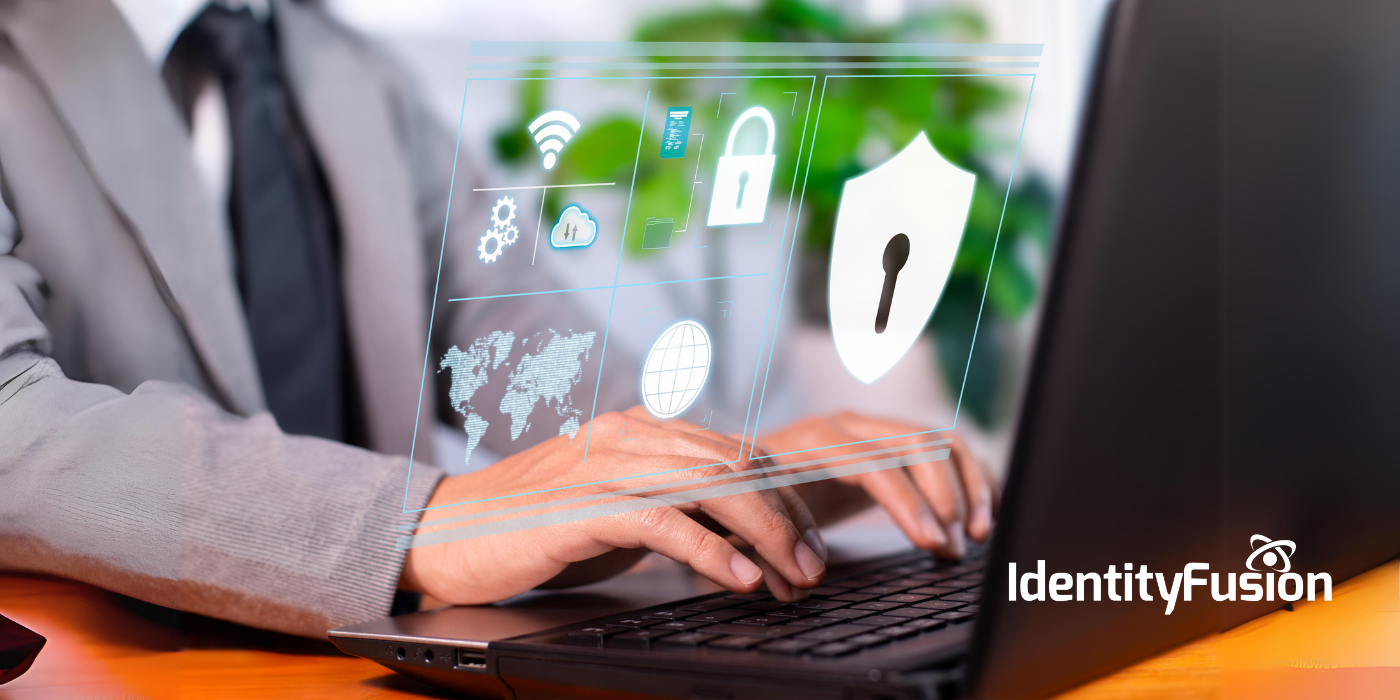Introduction
Identity and access management (IAM) is a crucial component of cybersecurity that aids businesses in preserving the privacy and security of sensitive data. To regulate access to resources and information, which entails managing user identities, responsibilities, and permissions; authentication and authorization are two crucial components we need to discuss when talking about IAM.
Authentication and Authorization
Authentication is the process of verifying the identity of a user, device, or application. This is usually done through a combination of factors such as passwords, biometrics, and multifactor authentication.
Authorization, on the other hand, involves determining what level of access a user has to resources or information based on their identity and permissions. Authorization rules are typically established through policies that dictate what actions can be taken by users or applications. The enforcement of these policies is also part of an IAM solution.
Authentication and authorization are necessary components of identity and access management for any organization that deals with sensitive information or resources.
The Why
Here are a couple of reasons why a company needs authentication and authorization:
- Securing digital assets: Authentication and authorization are required to secure digital assets like databases, applications, and cloud services as more company functions move online. Businesses can avoid data loss, cyberattacks, and other security events by confirming users' identities and limiting their access.
- Managing user access: With authentication and authorization, businesses can control user access according to their roles and responsibilities. This assists in ensuring users can only access the resources they require to carry out their job-related duties and preventing unauthorized access to sensitive data.
- Enforcing compliance: Many industries have regulatory requirements that mandate the use of authentication and authorization to protect sensitive information.
- Enhancing accountability: Companies can monitor user behavior and hold users responsible for their activities thanks to authentication and authorization. Businesses can spot suspicious conduct, look into security incidents, and keep audit trails by watching user access and activity.
Conclustion
In summary, authentication and authorization are critical components of any identity and access management solution, enabling companies to protect digital assets, manage user access, enforce compliance, and enhance accountability. Implementing strong authentication and authorization controls can help companies reduce the risk of security incidents, ensure regulatory compliance, and protect their reputation.
Identity Fusion partners with leading organizations across the United States, offering invaluable expertise in steering them through the complexities and subtleties of establishing a resilient IAM framework. This empowers them to fortify their security posture and enhance operational efficiency. Reach out to us today to elevate your organization's performance.

